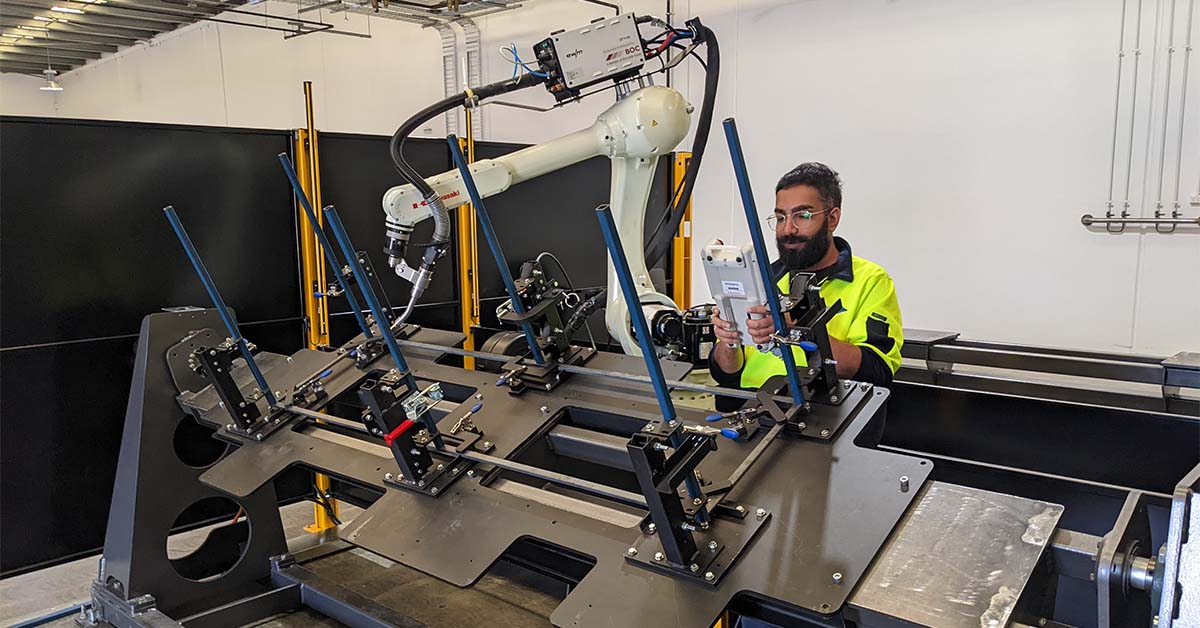
It’s becoming an increasingly common and frustrating problem that is experienced by organisations and suppliers of all kinds of products and industries, and that problem is obtaining stock from overseas.
From difficulty in securing stock to the exorbitant freight costs that are all-too-common for Australian importers, it’s resulted in many Australian companies looking for alternatives to this wide-spread and industry-agnostic problem. The conversations that surround these major considerations are ones we are consistently exposed to – if an organisation cannot reliably secure stock, or when they can the freight costs dramatically impact their ability to remain profitable, what can be done?
For one of our clients – a well-known furniture manufacturer – the solution was actually quite simple given what is ultimately at risk. This solution was to start manufacturing in-house, in Australia, the components of their production that was previously sought from overseas. For this manufacturer, this was the assortment of steel frames and structural parts that were critical components to their furniture. They actually from the ground-up designed a new facility for the express purpose of manufacturing these components for the long-term, and not to just combat this immediate problem.
What we were commissioned to design, supply, and install was a bespoke Kawasaki robot welding cell that would be able to weld together every conceivable variation they required. These solutions are carefully engineered to the unique requirements of each operation and we are delighted for our client to be ecstatic with the outcome.
This robotic welding cell will allow for both simple and complex, and short and long-run welds, and owing to being affixed to a mobile track and the reach of the robot arm will have no problem with manipulating itself to be able to do long and complex welds. The two beam units that you see above next to the robot are used to hold the to-be-welded componentry and are able to move and rotate the piece so that the robot can execute it’s welds without needing to stop and rotate it manually.
If you would like to learn more about how to begin automating various manufacturing processes using robotics, feel free to browse the various applications our website or get in contact with us directly using the below link.
Alternatively, if you find yourself wanting to begin automating some (or all!) of your welding processes but don’t think that a setup like this one is appropriate or feasible for your operations, then collaborative robot welding is for you. If you aren’t sure of the ideal automated welding solution, then feel free to get in contact with us directly.
We’d love to hear from you!

